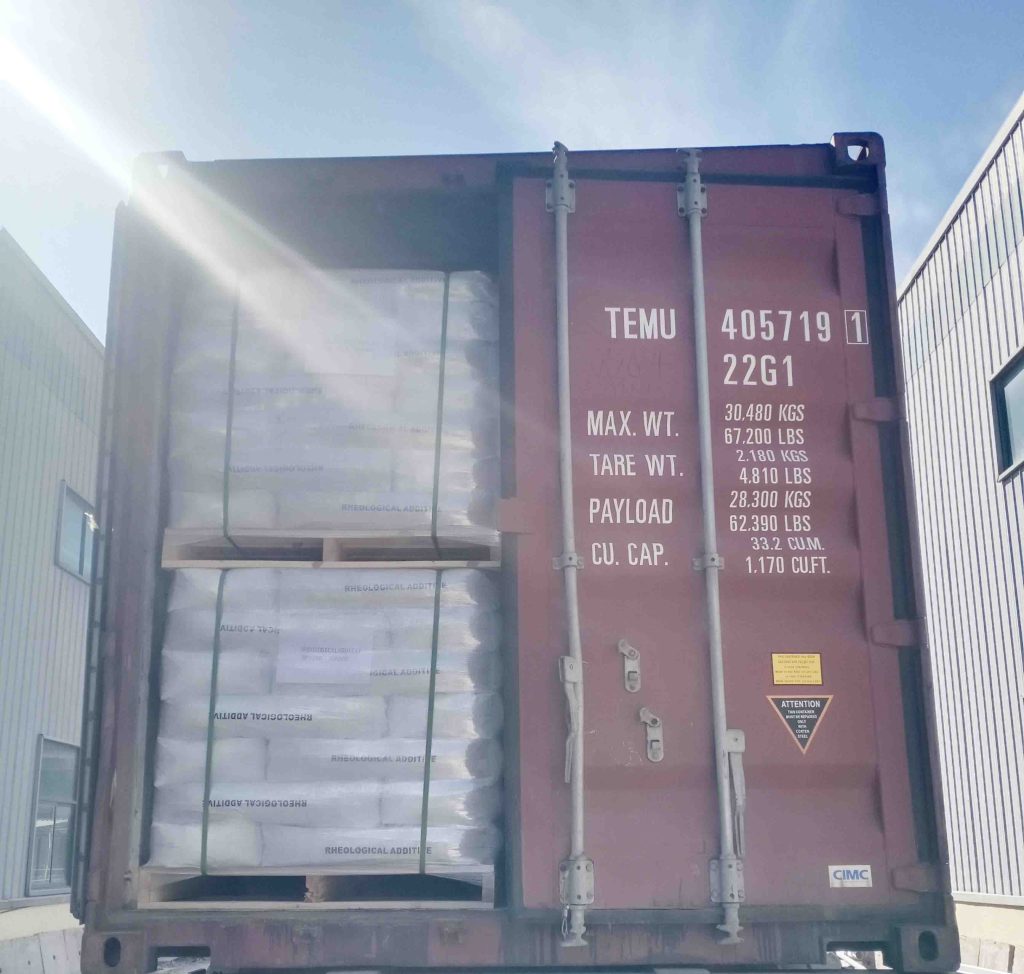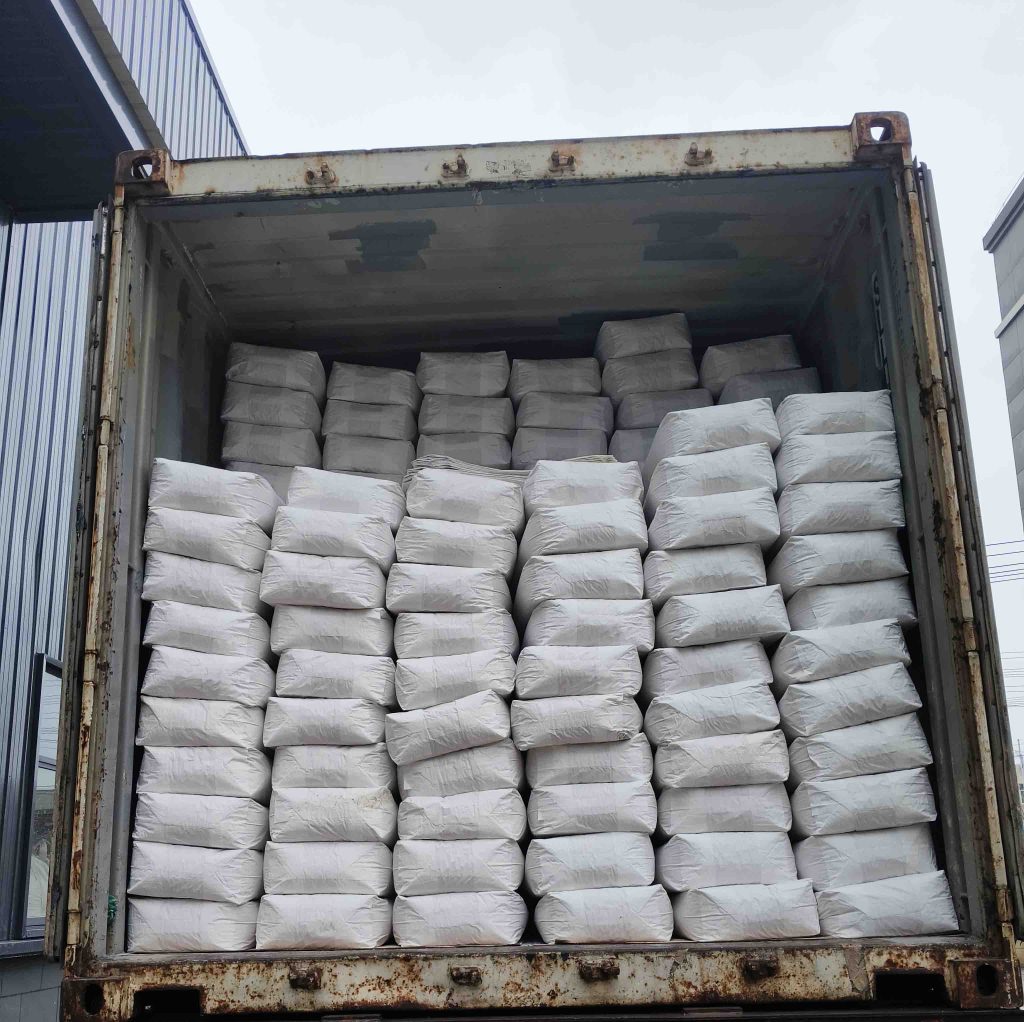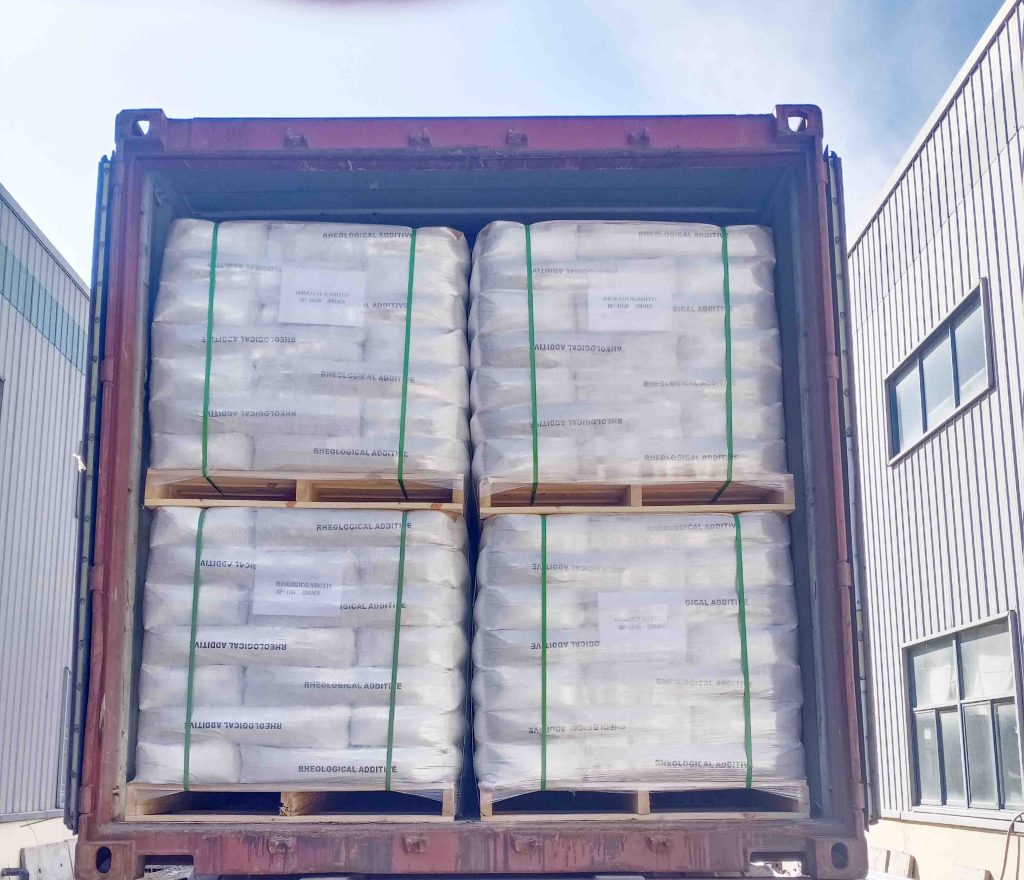Reflective beads for traffic paint should be noted that different types of road marking coatings and glass beads may have different characteristics and requirements. Therefore, in the actual application, suitable coatings and glass beads should be selected according to the specific situation, and attention should also be paid to the safety measures during the construction process to ensure the safety of construction personnel.

reflective beads for traffic paint
Reflective beads for traffic paint
How to incorporate glass micro beads into road marking materials, its steps are very important because reflective beads for traffic paint
will directly affect the reflectivity, weather resistance of the paint. Below we list the steps to incorporate glass beads into road marking materials:
1. Preparation of raw materials: First of all, we have to make a distinction according to the type of paint, because the paint is divided into water-based paint and solvent-based paint. According to these different types of paints, we have to choose the appropriate labeling materials. At the same time, we also need to prepare other coating ingredients, such as fillers, pigments, and resins. For the selection of glass beads, we have to choose accordingly to its size particle size and so on.
2. Before mixing, we have to wash, dry and screen the glass beads. These steps will directly affect the mixing of the glass beads with the other components of the coating.
3. Proportioning: Depending on the final surface effect we want to achieve, we should determine the proportion of glass beads to the other components.
4. Mixing \ Reflective beads for traffic paint
: We should use proprietary equipment to mix the coating and the glass-based beads thoroughly for better and uniform dispersion. You can adjust your mixing speed and time according to the mixing equipment and the effect to be achieved.
5. Construction: The freshly mixed paint will be used for on-site construction, such as marking, coating, etc. Special attention should be paid to the thickness and uniformity of the paint during construction, which will directly affect the final reflective properties of the display.
Size of glass beads for blasting
Model of Bead blasting glass | Sieve Size (mesh) | Particle Size Range(μm) |
WSL17L# | 20~40 | 425 ~ 850 |
WSL 18L# | 30~40 | 425 ~ 600 |
WSL 19L# | 40~60 | 300 ~ 425 |
WSL 20L# | 60~100 | 150 ~ 300 |
WSL 21L# | 70~140 | 106 ~ 212 |
WSL 22L# | 100~140 | 106 ~ 150 |
WSL 23L# | 100~200 | 75 ~ 150 |
WSL 24L# | 140~200 | 75 ~ 106 |
WSL 25L# | 140~270 | 53 ~ 106 |
WSL 26L# | 200~325 | 45 ~ 75 |
Reflective beads for traffic paint
| Specific gravity | 2.4-2.6 g/m3 |
| Stacking density | 1.5g/cm3 |
| Type | Blasting / Shot Peening Media |
| Spherical | |
| Rockwell hardness: | 46HRC |
| Mohs | 6-7 |
| Round rate | 80% |
| Melting point | 710-730 ℃ |
| Index of refraction | 1.5—1.6 |
Reflective beads for traffic paint
In addition to the above steps that need to be strictly controlled, the dispersion time is also extremely important, because we must ensure that there is enough time for mixing and dispersion, so that the result of dispersion will make the glass beads can be evenly distributed in the paint.
The mixing time depends on the size of our glass beads and the corresponding effect. We can use special tools, such as an optical microscope, to check the actual condition of the dispersion, and if there is a concentration of agglomerates, the mixing should be repeated again.
We can also check its dispersion stability by leaving it for some time. We must make sure that it remains well dispersed after a long period of storage.
What we want to illustrate is that uniform dispersion can efficiently reflect the reflectivity and durability of the road coating.


